Growing flowers in the open field and greenhouse
Growing flowers is extremely dangerous. Once started, it is almost impossible to stop. If you are ready for the fact that all the window sills in the apartment will be filled with countless pots, bookshelves will be littered with booklets about plant growing, and the precious second half will one day be lost on the loggia between cans of fertilizers, then you have every chance of becoming a flower cultivation guru in the future. Experienced gardeners look down on beginners, but believe me, they are just jealous. After all, you have a fascinating journey ahead of you to the heights of beauty. Yes, there will be losses and mistakes, and who did not? The most important thing is that disappointment does not arise due to some absurdity and does not give up. Those who have already gone this way willingly share tips for flower care.
Let's start from the beginning
There is no such thing that a person wakes up in the morning, stretches and thinks: "Why don't I do floriculture today, well, leaving there, planting?" No, such a desire does not arise suddenly, it lurks deep in the soul along with dreams of a beautiful garden. We need a push. And everything always starts the same: with a photo in a glossy magazine, visiting a neighbor while looking at a luxurious plant near the window, and some simply could not pass by the discarded flower near the dumpster ... The job is done, there is nowhere to retreat - there is a bag of seeds on the table or a begged stalk stands alone in a jar. It's too late to panic and doubt your abilities, you need to put everything on the shelves.
Lighting
If you are going to grow flowers in an apartment, then, most likely, window sills will become their permanent residence. With the arrival of spring warmth, many owners take out the pots to loggias and balconies to heal plants and strengthen their immunity. In the same place in flowerpots, wide planting boxes or hanging planters are sown annuals, which will soon decorate this part of the apartment with bright bloom.
To prevent delicate petunia from withering away in the absence of direct sunlight, you need to know a few secrets.
- On the windowsills facing the north, it will turn out to grow only shade-loving flowers, for which bright light will be destructive.
- On the south side, light-loving plants, usually of southern origin, will grow remarkably. But even for tropical guests, shading is sometimes required.
- Most often, flower growers choose the eastern and western windows of an apartment for planting. The lighting here turns out to be diffused, soft, this is suitable for most green spaces.
The arrangement of windows or balconies does not always correspond to the stated requirements. Do you want to have this particular light-loving flower, and all the windows face north? Fortunately, fluorescent lamps have long been invented. The spectrum of their radiation corresponds to that of the sun, the plants grow well under such lighting and do not require additional care.
Advice
It is best to start by growing undemanding flowers. Rare exotic plants are as capricious as they are beautiful. But if you immediately achieve success in such a difficult task, you will gain invaluable experience.
Owners of country houses and summer cottages should also pay attention that parts of their garden are exposed to direct sunlight for different amounts of time, and some are shaded constantly. When choosing plants for planting, you must take this as a basis:
- cuff, St. John's wort, lavender, hyssop - light-loving flowers;
- ferns, lady's slipper, cleaver grow well in the shade;
- lily, brunner, irises are shade-tolerant plants.
The owners of greenhouses are most fortunate: as a rule, soft diffused lighting always prevails here. In the summer, the greenhouse is opened to allow direct sunlight to hit the leaves, and you can choose any time period. Early planting of flowers requires equipping the greenhouse with fluorescent lamps.
Priming
An important condition for the correct planting of flowers is the choice of soil. Everything is like people have - someone loves sour, someone puts more jam on a pancake. Already at the stage of soil selection, you make your further care much easier. Even a child knows that a cactus will grow well only in a pot of sand.
What kind of soil are there?
- Stony. On these, it is possible to grow extremely unpretentious flowers in the open field, whose root system tolerates dry days perfectly, and the stem will not break even under squally winds. Cloves, thyme, euphorbia, various irises can be planted on them without any doubts.
- Heavy. Such soil does not allow air to pass through well and retains moisture well. The roots of flowers should be insensitive to excess water, not rot. Forget-me-nots, violets, crocuses prefer just such soils. Caring for them includes periodic loosening.
- Sandy. Suitable for plants whose root system does not tolerate even the slightest stagnation of water, these include almost all bulbous. The putrefactive process, which began in a small area, will soon destroy the entire flower.
Resourceful gardeners have long known how to improve the soil with various additives. For example, when a bucket of river sand is introduced into a hole located in a clayey area, they get excellent soil for planting whimsical flowers.
If you have not yet changed your mind about becoming a breeder of various plants, then you will have to remember some of the chemistry lessons, namely the PH indicator. With its help, the acidity of the soil is determined, one of the most important factors for comfortable growth.
- Acidic soils are popular with many flowers whose natural habitat was forest glades.
- Neutral soils are loved by most plants, they contain the optimal combination of mineral and organic substances.
- Alkaline soils prefer flowers that are extremely demanding to care for.
Growing flowers in a greenhouse involves combining different types of soil. In one flowerbed, you can plant plants on acidic soil, while the other is intended for exotic capricious specimens. For pots and flowerpots, you can purchase bags with soil, the manufacturers have already prepared for you a soil mixture of the optimal composition. If necessary, add missing ingredients there.
Fertilizers
Proper flower care requires periodic fertilization. Greenhouse and potted plants especially need this, because they have nowhere to take additional nutrients. Green spaces in the open field require less fertilizing. If you plant petunias in flower beds and at the same time in hanging pots, then in the second case you will have to apply fertilizers much more often.
Advice
Now manufacturers have launched the production of combined granular fertilizers. The layers of capsules have different degrees of solubility over time. Thus, once you add them to the soil, you will provide the flowers with fertilizing for a long time.
Fertilizers not only provide plants with the necessary mineral and organic substances, but are also able to regulate the acidity of the soil. On store shelves, you can often see top dressing for specific species or families. For example, fertilizer for azaleas will provide long, lush bloom, acidifying the soil and at the same time making it nutritious. Often gardeners use complex fertilizing, they combine various components, but those in which a certain chemical element predominates are no less popular.
- Nitrogen. The most necessary element for the correct formation of the ground part of the flowers.
- Phosphorus.Promotes whole plant growth as well as profuse flowering.
- Potassium. An irreplaceable element when preparing flowers for wintering.
Rotten manure is popular with many plants. Caring for some of them is impossible without the introduction of organic matter. Often lush flowering, the formation of new shoots, as well as preparation for a long winter requires several additional dressings per season. Purchase organic fertilizers only from trusted sellers - often the manure is teeming with the larvae of harmful insects that will instantly destroy the root system.
It should be remembered that all fertilizers are a mixture of chemicals, and safety precautions are necessary both when preparing solutions and when feeding. This is especially true for foliar application, when the stems and leaves are sprayed with a weakly concentrated solution. No need to dilute it thicker, the effect will be completely opposite. Flowers will be covered with ugly spots and then die.
Watering
Even cacti need periodic watering. And plants in open ground or grown on southern windows require abundant moisture. The appearance of the flower will tell the owner about the required amount of moisture consumed. Instances with wide leaf blades abundantly evaporate microscopic drops of water, which must be replenished when watering. Caring for flowers with small leaves or thick stems involves watering as the topsoil dries.
Advice
Remember - underfilling is better than overfilling! Most plants will easily restore turgor after a short dry period. But excessive watering will surely lead to root rot.
Especially carefully you need to water the flowers that multiply by bulbs and tubers. To prevent stagnant water, a thick layer of any drainage material should be laid on the bottom of the pot or hole. Experienced gardeners water plants in flower beds only in the morning and evening. During the day, in direct sunlight, the top layer of the earth will instantly dry out, air access to the roots will stop.
Important additions
The most important ingredients for proper flower planting have already been listed, but the devil is often in the details. After all, everything was done correctly: fed, watered, the soil was excellent ... And at the exit, instead of a wonderful plant, something frail with a lonely crooked leaf turned out. What else does a novice breeder need to know?
- Weeding. Weeds love to grow among ornamental plants - warm, watered, fed. Weekly weeding is very important as the roots of the weeds take minerals from the soil.
- Loosening. With proper care, fresh air should flow to the root system of the flower. It is necessary to loosen carefully with a slight deepening of mild garden tools.
- Mulching. After planting, the surface of the flower bed is covered with straw, hay, pine needles. This allows flower growers to forget about weeds for a long time and take care of the shelter of plants for the winter in advance.
Outdoor and indoor flower care requires spring and autumn pruning. Amateurs with a creative streak, when carrying out this procedure, realize their abilities, forming the outline of bushes or compact indoor plants. And what masterpieces they grow in flower beds or flowerpots in early summer! The delicate scent of flowers attracts many butterflies, penetrates into the most secluded corners of a garden or apartment.
If you are an adherent of healing herbs, then you have a great opportunity to break a whole vegetable garden with mint, thyme, sage, calendula on the balcony. Fragrant inflorescences can be filled in linen bags and used for aromatherapy. Flowering plants have the unique ability to relieve depression, anxiety and melancholy.
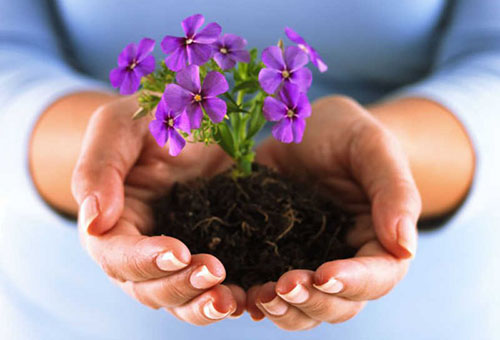
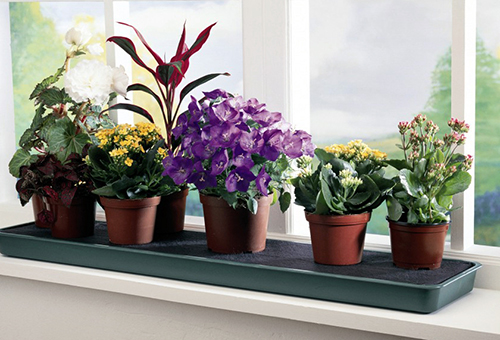
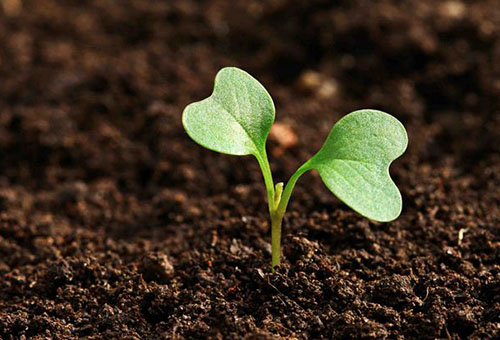
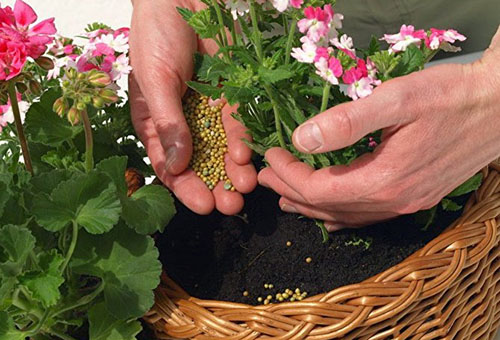
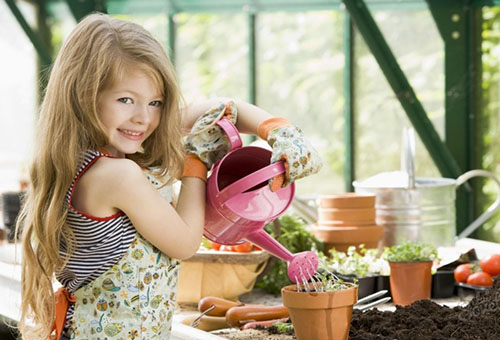
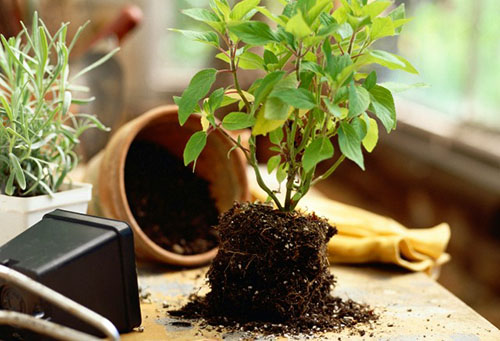

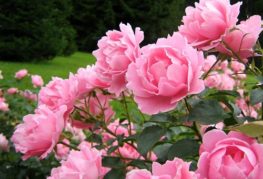

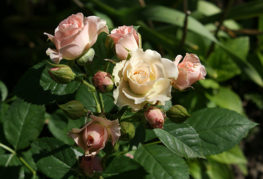

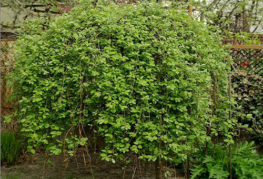
and will be published shortly.